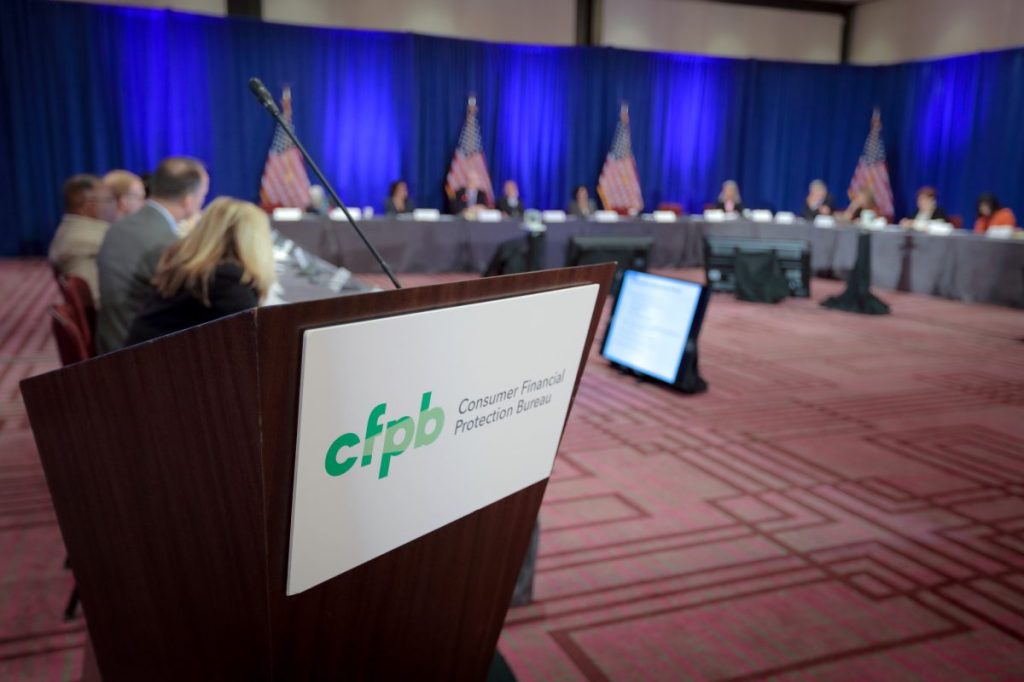The Consumer Financial Protection Bureau (CFPB) in December released its 2023 Mortgage Market Activity and Trends report, which included a brief look at activity from the reverse mortgage industry based on Home Mortgage Disclosure Act (HMDA) data from 2023.
While the majority of the data largely excluded reverse mortgages from trends in the broader mortgage market, the report did include a section dedicated to the origination of Home Equity Conversion Mortgages (HECMs). This section did not account for proprietary reverse mortgages, which are an increasingly common avenue for the industry despite the HECM product’s continued dominance.
“HMDA data are used to assist in determining whether financial institutions are serving the housing credit needs of their local communities; facilitate public entities’ distribution of funds to local communities to attract private investment; and help identify possible discriminatory lending patterns and enforce antidiscrimination statutes,” the report explained.
The report also further details a common reality in that the top 10 industry lenders make up the overwhelming majority of reverse mortgage originations in the U.S.
“In total, the top 10 reverse mortgage lenders accounted for close to 22,000 reverse mortgage originations, or approximately 88.6%, of all reverse mortgage originations reported under HMDA in 2023,” the report noted.
The rankings are mostly in line with those observed by Reverse Market Insight (RMI) at the start of 2024, although there are some expected variations in total origination volumes given the reporting requirements and the endorsement data available at that time.
Among the leading lenders, the company now branded as Finance of America (FOA) — which still operated as Finance of America Reverse (FAR) for the entirety of 2023 — was the largest reverse mortgage lender that reported HMDA data in 2023. It accounted for roughly 30.6% of all reverse mortgage originations reported under the guidelines.
But this also includes originations that likely began under former industry leader American Advisors Group (AAG), which was acquired by FOA in 2023. Last year, the company announced that both FAR and AAG — which had been operating as the lender’s direct-to-consumer division following the closure of the deal — would be unified under the FOA brand.
Mutual of Omaha Mortgage was No. 2 behind FAR with a market share of 22.5%, followed by Longbridge Financial with 12.8%. One year later, Mutual of Omaha would overtake FOA/FAR on the leaderboard to become the leading HECM lender in the space, according to endorsement data from RMI.
The report noted that unlike the forward mortgage industry, “the values for applicant income of reverse mortgages in the HMDA data are mostly ‘not applicable’ and we excluded the ‘lender mortgage insurance’” borrower data from its reverse mortgage origination tabulation in the report.






We are far too kind to ourselves. One begings to lose credibility, or perhaps losses it, when describing the HECM endorsement volume in fiscal year 2023 as only being ” a slightly better year for reverse mortgage volume compared to 2024″ when in fact the volume in 2023 was 32,991 which is 24.4% higher when compared to the 26,521 HECM endorsements for fiscal 2024. How high does that percentage have to be to describe that difference as substantially higher? As an auditor, that percentage starts no higher than 20%.
Then the following is stated: “This section did not account for proprietary, private-label reverse mortgages, which are an increasingly common avenue for the industry despite the HECM product’s continued dominance.” Let us be clear if 32,991 in HECM endorsements for fiscal year 2023 is dominant, then how really small are PRM (proprietary reverse mortgage) annual closings? Besides what is a “private-label” RM that separates it from a PRM?
The HMDA Report is reported on a different bases than the FHA HECM reports. Rather than applications as the HMDA Report uses, FHA reports on Case Number Assignments and rather than closed RMs, FHA reports on the number of HECMs endorsed. Even though most of the differences are a timing matter, a very substantial number of applications never become Case Number Assignments; however, a very high percentage of closed HECMs get endorsed.